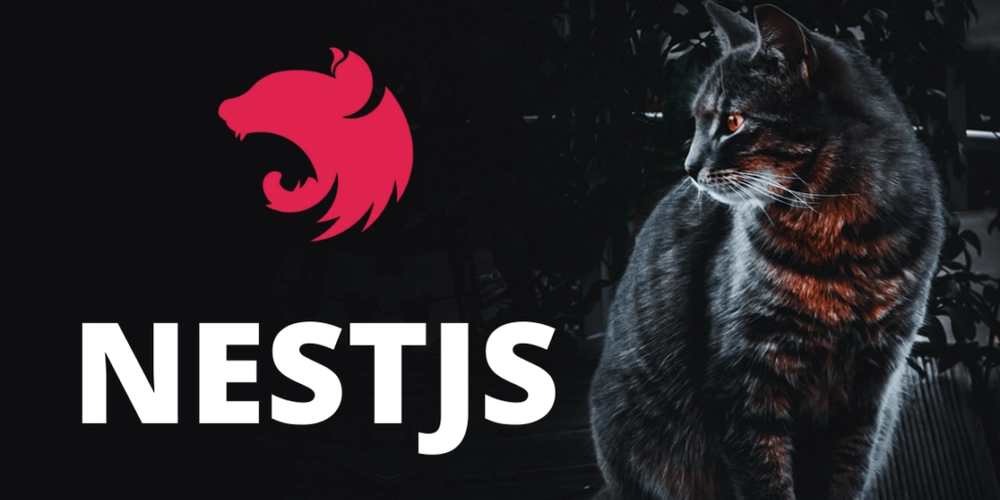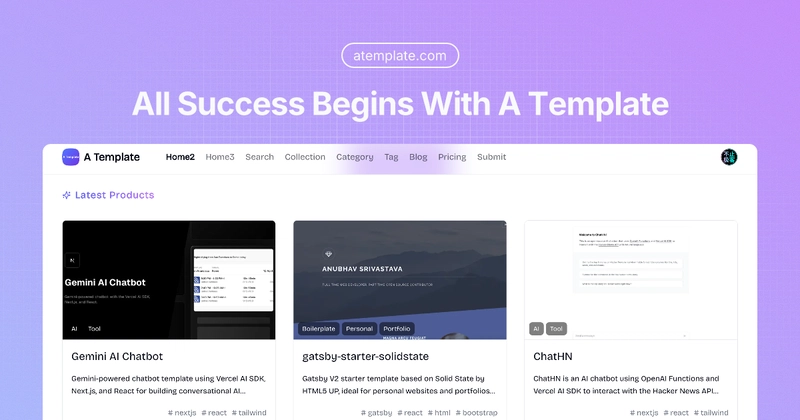A Practical Guide to Becoming a Junior Nest JS Developer
A Practical Guide to Becoming a Junior NestJS Developer Title: A Practical Guide to Becoming a Junior NestJS Developer Introduction NestJS has become one of the most popular Node.js frameworks, offering a scalable and maintainable architecture for building backend applications. If you're starting your journey as a junior NestJS developer, this guide will help you focus on key concepts, best practices, and hands-on projects to accelerate your learning. 1. Understanding Middleware and Guards Middleware and Guards are essential for handling authentication, logging, and request validation in NestJS. Middleware: Used for request transformation, logging, and authentication. Example: Creating a logging middleware. Implementation: app.use(loggerMiddleware); Guards: Used for authorization and route protection. Example: @UseGuards(AuthGuard('jwt')) for JWT-based authentication. Hands-on Practice: ✅ Implement a logging middleware. ✅ Create an AuthGuard for role-based access control (RBAC). 2. Using Pipes and Interceptors Pipes: Transform and validate incoming requests. Example: @UsePipes(new ValidationPipe()) to validate DTOs. Interceptors: Modify responses, log execution time, or handle exceptions. Example: Logging interceptor to measure request duration. Hands-on Practice: ✅ Implement a custom validation pipe. ✅ Create an interceptor for response modification. 3. Authentication and Authorization Handling user authentication securely is a core skill for any backend developer. Use Passport.js with JWT for authentication. Implement RBAC for user role management. Hands-on Practice: ✅ Implement JWT-based authentication. ✅ Add role-based access control. 4. Database Mastery with TypeORM or Prisma A good developer understands database design, migrations, and relations. TypeORM: A great ORM for relational databases. Prisma: A modern ORM with a better developer experience. Hands-on Practice: ✅ Design a database schema for a multi-user blog. ✅ Implement database migrations. 5. Error Handling & API Documentation Use HttpExceptionFilter for custom error responses. Integrate Swagger with @nestjs/swagger to document your API. Hands-on Practice: ✅ Implement global error handling. ✅ Add Swagger documentation to your API. 6. Writing Tests with Jest Testing ensures your application remains stable and scalable. Unit Testing: Test services and controllers. E2E Testing: Simulate real user interactions. Hands-on Practice: ✅ Write unit tests for a simple CRUD API. ✅ Implement E2E tests using supertest. Suggested Projects Multi-user blog API with authentication. E-commerce backend (users, products, orders). Admin panel with role-based access control. Conclusion By mastering these concepts and completing hands-on projects, you'll build a strong foundation as a NestJS Junior Developer. Keep practicing, contributing to open-source, and sharing your learnings! Are you already working on a NestJS project? Share your experience in the comments!

A Practical Guide to Becoming a Junior NestJS Developer
Title: A Practical Guide to Becoming a Junior NestJS Developer
Introduction
NestJS has become one of the most popular Node.js frameworks, offering a scalable and maintainable architecture for building backend applications. If you're starting your journey as a junior NestJS developer, this guide will help you focus on key concepts, best practices, and hands-on projects to accelerate your learning.
1. Understanding Middleware and Guards
Middleware and Guards are essential for handling authentication, logging, and request validation in NestJS.
-
Middleware: Used for request transformation, logging, and authentication.
- Example: Creating a logging middleware.
- Implementation:
app.use(loggerMiddleware);
-
Guards: Used for authorization and route protection.
- Example:
@UseGuards(AuthGuard('jwt'))for JWT-based authentication.
- Example:
Hands-on Practice:
✅ Implement a logging middleware.
✅ Create an AuthGuard for role-based access control (RBAC).
2. Using Pipes and Interceptors
-
Pipes: Transform and validate incoming requests.
- Example:
@UsePipes(new ValidationPipe())to validate DTOs.
- Example:
-
Interceptors: Modify responses, log execution time, or handle exceptions.
- Example: Logging interceptor to measure request duration.
Hands-on Practice:
✅ Implement a custom validation pipe.
✅ Create an interceptor for response modification.
3. Authentication and Authorization
Handling user authentication securely is a core skill for any backend developer.
- Use Passport.js with JWT for authentication.
- Implement RBAC for user role management.
Hands-on Practice:
✅ Implement JWT-based authentication.
✅ Add role-based access control.
4. Database Mastery with TypeORM or Prisma
A good developer understands database design, migrations, and relations.
- TypeORM: A great ORM for relational databases.
- Prisma: A modern ORM with a better developer experience.
Hands-on Practice:
✅ Design a database schema for a multi-user blog.
✅ Implement database migrations.
5. Error Handling & API Documentation
- Use
HttpExceptionFilterfor custom error responses. - Integrate Swagger with
@nestjs/swaggerto document your API.
Hands-on Practice:
✅ Implement global error handling.
✅ Add Swagger documentation to your API.
6. Writing Tests with Jest
Testing ensures your application remains stable and scalable.
- Unit Testing: Test services and controllers.
- E2E Testing: Simulate real user interactions.
Hands-on Practice:
✅ Write unit tests for a simple CRUD API.
✅ Implement E2E tests using supertest.
Suggested Projects
- Multi-user blog API with authentication.
- E-commerce backend (users, products, orders).
- Admin panel with role-based access control.
Conclusion
By mastering these concepts and completing hands-on projects, you'll build a strong foundation as a NestJS Junior Developer. Keep practicing, contributing to open-source, and sharing your learnings!
Are you already working on a NestJS project? Share your experience in the comments!












































































































































































![[The AI Show Episode 142]: ChatGPT’s New Image Generator, Studio Ghibli Craze and Backlash, Gemini 2.5, OpenAI Academy, 4o Updates, Vibe Marketing & xAI Acquires X](https://www.marketingaiinstitute.com/hubfs/ep%20142%20cover.png)




























































































































![[DEALS] The Premium Learn to Code Certification Bundle (97% off) & Other Deals Up To 98% Off – Offers End Soon!](https://www.javacodegeeks.com/wp-content/uploads/2012/12/jcg-logo.jpg)

![From drop-out to software architect with Jason Lengstorf [Podcast #167]](https://cdn.hashnode.com/res/hashnode/image/upload/v1743796461357/f3d19cd7-e6f5-4d7c-8bfc-eb974bc8da68.png?#)








































































































.png?#)


































_Christophe_Coat_Alamy.jpg?#)


.webp?#)





































































































![Apple Considers Delaying Smart Home Hub Until 2026 [Gurman]](https://www.iclarified.com/images/news/96946/96946/96946-640.jpg)
![iPhone 17 Pro Won't Feature Two-Toned Back [Gurman]](https://www.iclarified.com/images/news/96944/96944/96944-640.jpg)
![Tariffs Threaten Apple's $999 iPhone Price Point in the U.S. [Gurman]](https://www.iclarified.com/images/news/96943/96943/96943-640.jpg)




































































































































